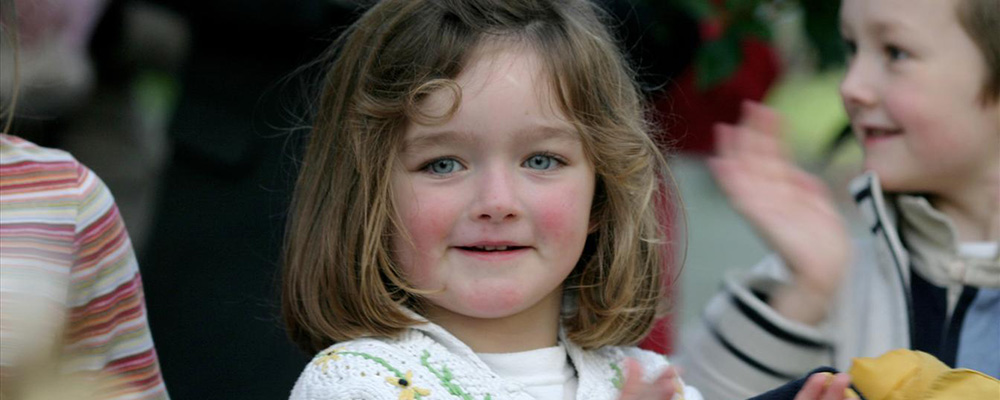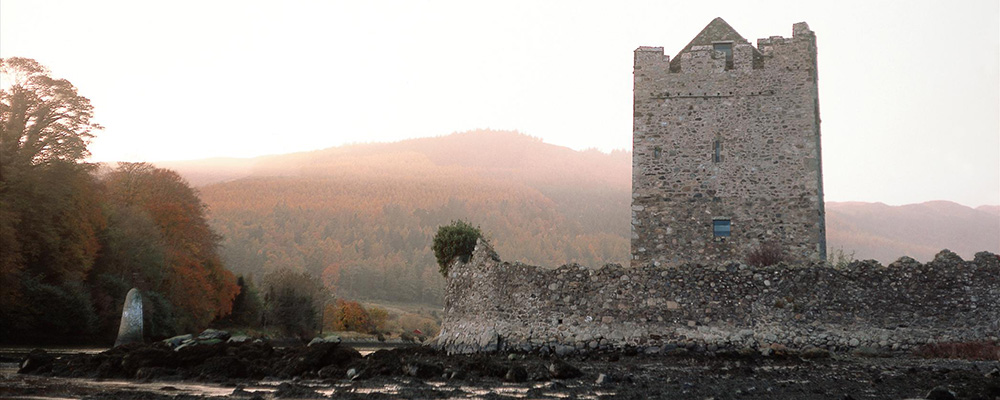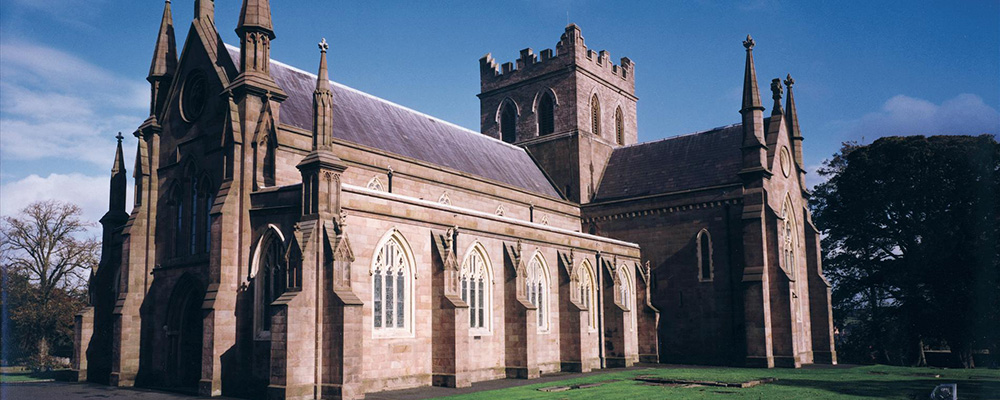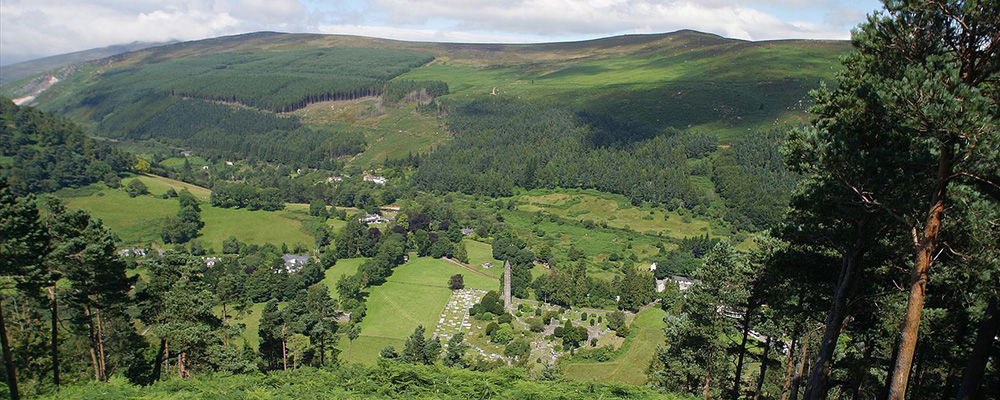




16Jan
Ireland
Trace the footsteps of St. Patrick through some of the most beautiful landscapes in Europe. The Emerald Isle is a land of great beauty and colorful history, an enchanting country of grand cathedrals, quiet villages, monasteries, mountains, castles and crystal. Spanning from early Christianity to modern times, Christian Heritage sites include:
Croagh Patrick/Knock
- Kylemore Abbey, a massive castle run by the Benedictine nuns
- The famous pilgrimage site of Croagh Patrick, where St. Patrick spent 40 days of Lent in A.D. 441 “fasting and praying”
- Our Lady’s Shrine Knock, one of the great Marian shrines of the world and an oasis of peace, tranquility and deep spirituality (also the scene of the apparition of the Blessed Virgin Mary, St. Joseph and St. John on August 21, 1879, witnessed by 15 local people, and one of Mother Teresa’s favorite shrines)
- Knock Shrine—celebrate Mass at the magnificent new Basilica of Knock, located next to the original church where Our Blessed Mother appeared, and where Pope John Paul II visited in 1979
- Ballintubber Abbey (dedicated to St. Patrick), a unique 13th century abbey that is the only church in Ireland still in use which was founded by an Irish king, and the one Irish church where for over 781 years Mass has been offered without a break
Dublin
- The Book of Kells, which is considered to be the most impressive manuscript ever produced in the Anglo-Saxon world, housed at Trinity College, Ireland’s oldest and most famous college
- St. Patrick’s Cathedral, which was founded in 1190 and restored in the 19th century, and is the burial place of Gulliver’s Travels author, Jonathan Swift
- Kells High Crosses, decorated with biblical scenes and regarded as the country’s most important crosses (The Market Cross was probably at the entrance to the ancient monastery while the other four crosses are situated in the grounds of Saint Columba’s Church. The 9th century South Cross is the oldest; the 12th century East Cross is also referred to as “the unfinished” because its decoration is incomplete. The North Cross has been reduced to its base, and the 10th century West Cross is the most decorated of the five.)
- Brigid’s Wells (there are two in Celtic Ireland representing the ancient Goddess Brigid and the Christian Saint Brigid), in the town of Kildare (“the church of the oak”) where priestesses of Brigid kept a sacred flame burning until the 16th century and where, even today, Catholic nuns keep a perpetual fire lit in honor of Brigid
Meath, Louth & Belfast (Northern Ireland)
- The Hill of Tara, County Meath, site of the religious and cultural capital of pre-Christian Ireland
- Kells heritage town and Slane Hill, where St. Patrick lit the paschal fire on the eve of Easter in A.D. 433
- Drogheda for a chance to see the head of St. Oliver Plunkett in St. Peter’s Catholic Church
- Monasterboice and Old Mellifont Abbey with their Celtic crosses and ruined abbey
- Belfast, capital of Northern Ireland, where the ill-fated liner, Titanic, was built
Down & Armagh (Northern Ireland)
- Downpatrick, County Down, to visit the Cathedral that is closely associated with St. Patrick and where he is thought to be buried (the relics of St. Brigid were interred in the tomb of St. Patrick and St. Columba)
- St Patrick’s Centre
- Armagh, the ancient ecclesiastical center of Ireland for 1,500 years and modern-day spiritual capital of Ireland, it is the seat of both Protestant and Catholic archbishops, where there are two cathedrals dedicated to Ireland’s patron saint
- St. Patrick’s Trian
Armagh, Belleek & Sligo
- Belleek, the home of Ireland’s oldest pottery and border town between Donegal and Fermanagh
- Sligo, where the poet William Butler Yeats spent many years
- Drumcliff, where Yeats is buried
- Croagh Patrick, the 2,540-ft. mountain that dominates the town of Westport, on whose summit St. Patrick is reputed to have spent 40 days fasting in A.D. 441
Glendalough
- St. Kevin’s, the ancient 6th century seat of learning, with its 1,000-year-old Round Tower, cathedral and Seven Churches
